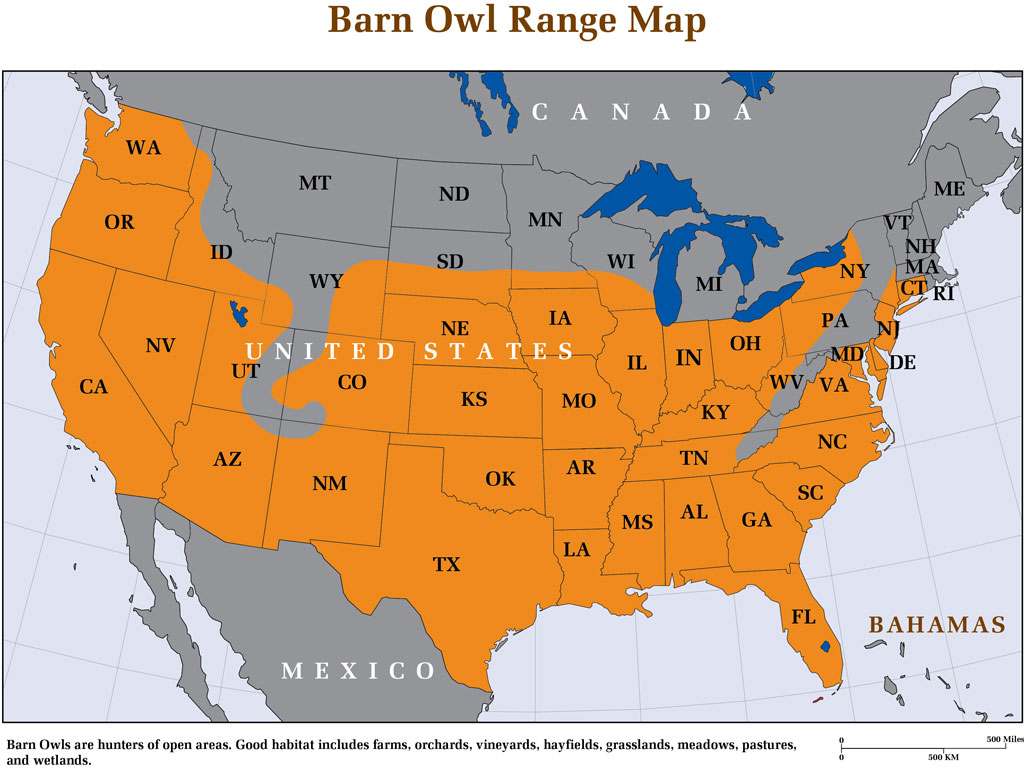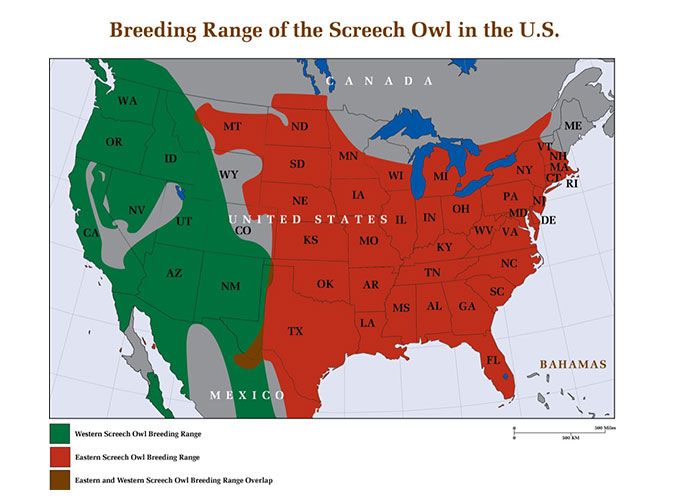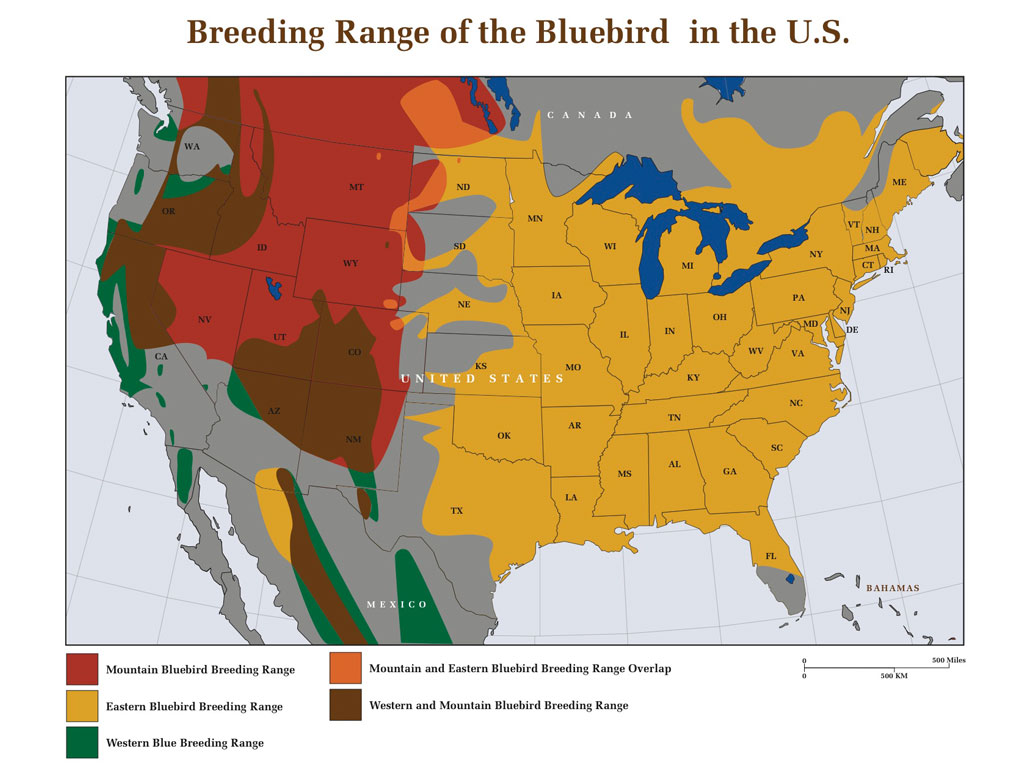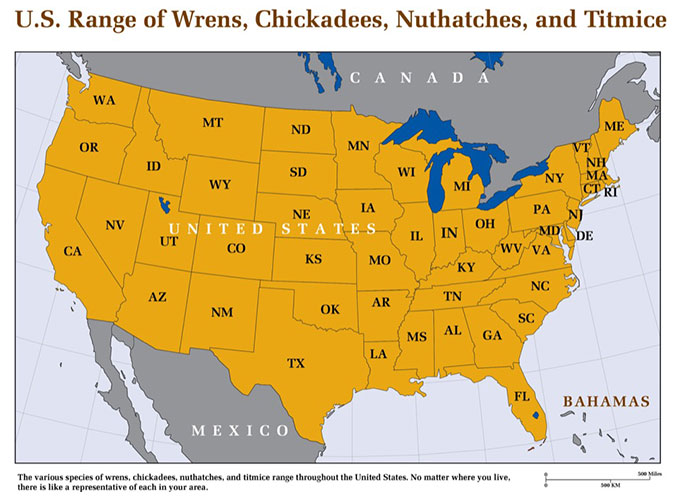Free Shipping to the Contiguous United States
Barn Owl Hearing
The Phenomenal Hearing of the Barn Owl
Owls, being nocturnal hunters, have excellent hearing in general, but barn owl hearing exceeds even that of most owls.
 Of the 216 species of owls in the world, 200 belong to the Strigidae family. The 16 barn owl species belong to a separate family, Tytonidae. This means that the two groups have different lineages and, therefore, possess different traits. Despite the excellent hearing present in the owls of the Strigidae, barn owls have been shown to possess even more refined hearing than most other owls.
Of the 216 species of owls in the world, 200 belong to the Strigidae family. The 16 barn owl species belong to a separate family, Tytonidae. This means that the two groups have different lineages and, therefore, possess different traits. Despite the excellent hearing present in the owls of the Strigidae, barn owls have been shown to possess even more refined hearing than most other owls.
Barn Owl Hunting Behavior
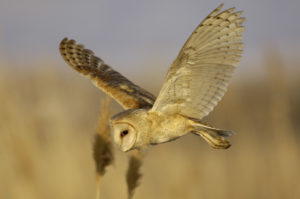 Anyone who has ever watched a barn owl hunting in twilight – a pale apparition hovering and quartering across an open field – also will notice how the barn owl keeps its head down, its face pointing studiously toward the ground. That face bears some examination. No other owls possess the pronounced concave facial disk that barn owls possess. This facial disk, created by the feathers to form a hollow disk around the entire face, operates very much like a satellite dish—capturing and locating sound. To either side of the disk sit the two ear openings and these, like other owls, are positioned slightly asymmetrically, another adaptation to allow for greater accuracy in pinpointing the exact location of a sound.
Anyone who has ever watched a barn owl hunting in twilight – a pale apparition hovering and quartering across an open field – also will notice how the barn owl keeps its head down, its face pointing studiously toward the ground. That face bears some examination. No other owls possess the pronounced concave facial disk that barn owls possess. This facial disk, created by the feathers to form a hollow disk around the entire face, operates very much like a satellite dish—capturing and locating sound. To either side of the disk sit the two ear openings and these, like other owls, are positioned slightly asymmetrically, another adaptation to allow for greater accuracy in pinpointing the exact location of a sound.
Barn Owl Facial Disk
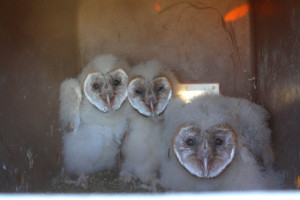
The effect of the facial disk is similar to what happens when you cup your hands toward a sound in order to hear it better. The cupped hands collect sound more efficiently than open air. By turning its face toward the ground, the barn owl collects sounds far more efficiently than your cupped hands. Then the asymmetrical ears send the sounds to the brain with two slightly different signals that allow the barn owls to pinpoint the exact location.
So acute is barn owl hearing that, in a research experiment, barn owls housed in total darkness were able to capture live rodents on a bed of dry leaves with stunning accuracy. Of course, this ability to hunt “blind” is also utilized when barn owls plunge their legs into snow or high grass to capture prey. And since barn owls tend to capture a higher percentage of pregnant female rodents than exist in the population, it is theorized that they may be able to differentiate rodents according to age and sex. This would be accomplished by discerning the difference in sound made by larger, heavier bodies moving through vegetation, or even the difference in the sounds made by different sexes and ages while chewing on grass or seeds.
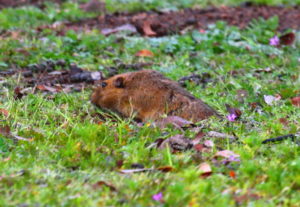
In my research project in California where we are measuring the effect of a barn owl population on the rodent population, I frequently see pocket gophers foraging. These rather large rodents are some of the most cautious animals in the world. They use “feeder holes” to forage above ground. In their effort to reach plants to eat, they stretch their bodies out sometimes almost all the way, but never allowing the tip of their tail to leave the feeder hole. This allows them to know exactly where to retreat to from danger, and this they do frequently, whether danger is present or not. The idea of capturing one of these fast moving, cautious creatures by hand seems out of the question, no matter how much stealth could be applied. Yet, I have recorded a male barn owl capturing two pocket gophers in under five minutes on a dark, moonless night and delivering them to his female and chicks.

